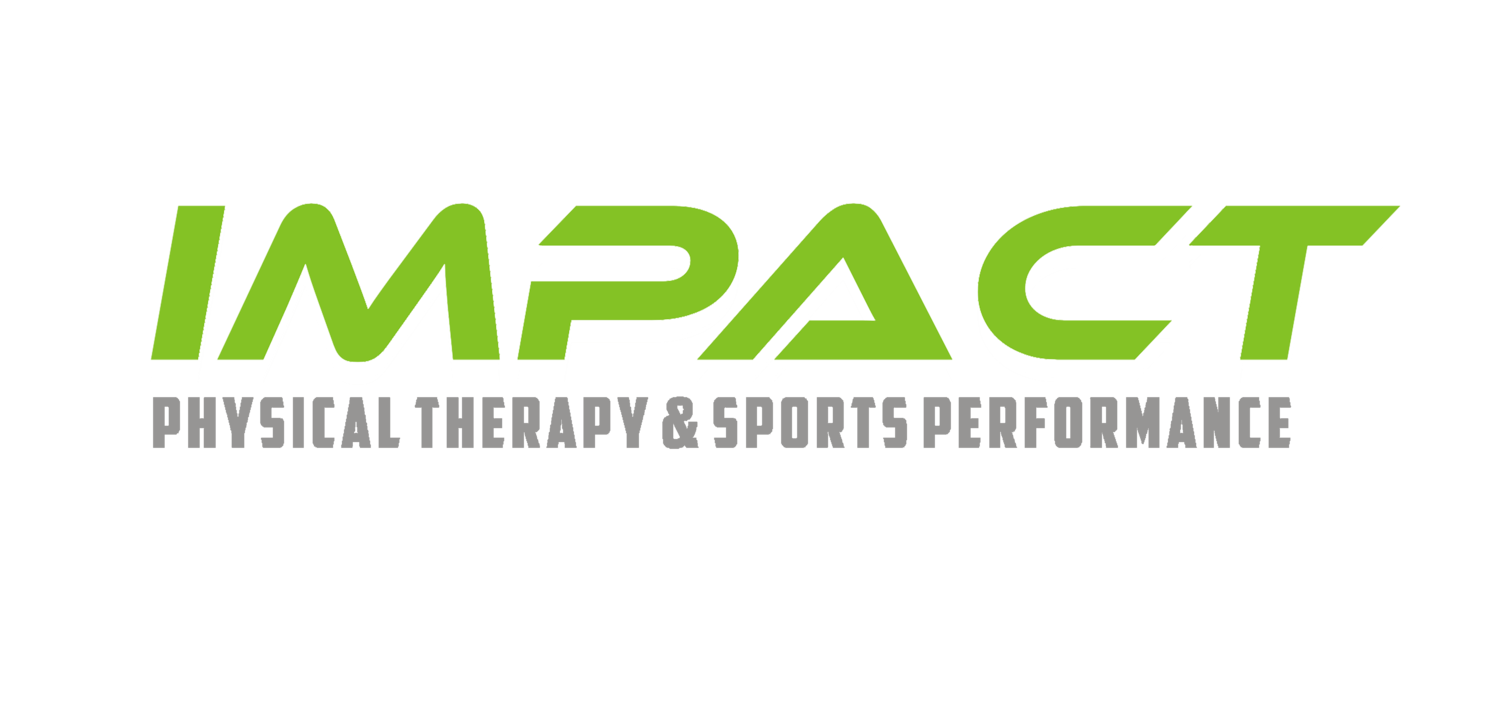Navigating Meniscus Tears: Your Guide to Conservative Treatment
When it comes to knee injuries, a meniscus tear can be particularly disheartening, presenting both pain and mobility challenges. At Impact Physical Therapy and Sports Performance, we understand the complexities of such injuries and the concerns they bring. Fortunately, not all meniscus tears require surgical intervention. There are numerous conservative treatment options available that can effectively alleviate pain and restore function. In this guide, we'll walk you through these options, offering a beacon of hope on your road to recovery.
Understanding Meniscus Tears
The meniscus is a piece of cartilage in your knee that cushions and stabilizes the joint. Tears can arise from athletic activity or through degenerative processes associated with aging. While some tears may necessitate surgical correction, many can be successfully managed with non-surgical treatments.
Conservative Treatment Approaches
Conservative treatments focus on reducing pain, improving knee stability, and maintaining mobility. Here are some of the most effective conservative strategies for managing a meniscus tear:
Rest and Activity Modification: Taking a break from activities that exacerbate your knee pain is often the first step in treatment. This doesn't mean complete bed rest, but rather modifying your activities to avoid movements that put extra stress on your knee, like squatting or running.
Ice and Compression: Applying ice to your knee in the initial stages of injury can help reduce swelling and pain. Compression with an elastic bandage can also provide support and minimize inflammation.
Physical Therapy: Engaging in physical therapy is a cornerstone of conservative treatment. A physical therapist will develop a personalized exercise program that focuses on strengthening the muscles around the knee, enhancing flexibility, and improving range of motion—all of which are crucial for recovery.
Non-Steroidal Anti-Inflammatory Drugs (NSAIDs): Over-the-counter NSAIDs such as ibuprofen can help reduce pain and swelling. However, they should be used judiciously and under the guidance of a healthcare provider to avoid potential side effects.
Use of Orthotic Devices: Sometimes, using a knee brace or orthotic shoe inserts can provide additional support and alleviate stress on the knee, allowing the meniscus to heal.
Physical Therapy: A Closer Look
Physical therapy deserves a deeper dive, as it plays a significant role in the conservative management of meniscus tears. Here's how physical therapy can make a difference:
Strengthening Exercises: Targeted exercises can strengthen the quadriceps, hamstrings, and calf muscles, providing better support for the knee joint.
Flexibility Routines: Gentle stretching exercises can maintain or improve the knee's range of motion, which is vital for knee health.
Manual Therapy: Hands-on techniques can help to mobilize the knee joint and soft tissues, reducing pain and enhancing movement.
Education: Understanding proper knee mechanics and how to avoid activities that could worsen your condition is an invaluable part of therapy.
When to Consider Surgery
Conservative treatment is not a one-size-fits-all solution. If your symptoms do not improve with non-surgical methods, or if your tear is particularly severe, surgery may be the next step. This decision is made in close consultation with your orthopedic specialist, taking into account your individual circumstances.
Conclusion:
Meniscus tears don't have to spell the end of your active lifestyle. With a comprehensive conservative treatment plan, many individuals find significant relief and a return to the activities they enjoy. At Impact Physical Therapy and Sports Performance, we're dedicated to providing you with the highest quality care and support throughout your healing journey.
Are you struggling with a meniscus tear and searching for relief? Contact us at Impact Physical Therapy and Sports Performance today. Together, we'll explore your conservative treatment options and take the first step towards your recovery.

